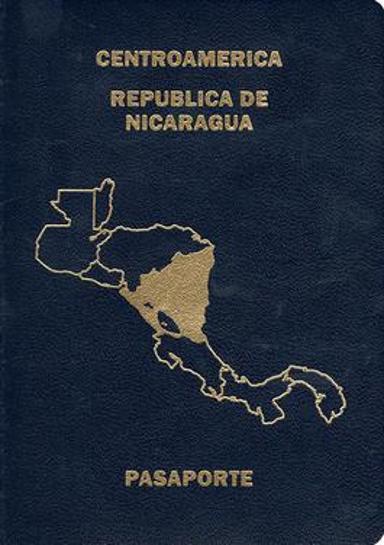Visa free access for Nicaragua
As a Nicaragua passport holder, you are permitted to travel visa-free to 149 countries and territories. This data is correct as of March 2024.
In order to travel visa-free, you will need a valid passport, often with at least six months until expiry. Additionally, you may need travel insurance, as required by your destination country.
Within these countries, there is often a separate section in airports where you can submit your Visa on Arrival. You will receive your visa on arrival (VOA) after entering the country that issued the visa.
Acquiring an eVisa follows the same process as applying for a traditional visa. The main difference with an eVisa is that you don’t need to visit a visa application centre. You can submit your application online, including making any payments relating to the visa.
Once the relevant authorities approve your application, you will receive a confirmation email regarding your visa status, along with a document that you must print and bring with you when crossing the border.
You will need a valid visa to enter the 149 countries with a Nicaragua passport.
About Nicaragua
Nicaragua, the largest country in Central America, is known for its distinctive culture, diverse climate, and growing economy. With a population of over six million people, it is a melting pot of cultures, blending indigenous roots with Spanish influence. The local culture is rich in music, dance, and folklore, with vibrant festivals celebrated throughout the year. Spanish is the official language, but English and indigenous languages are also spoken.
The climate varies from tropical in the lowlands to cooler in the highlands, with a dry season from November to April and a rainy season from May to October. Nicaragua’s geography is diverse, with a range of landscapes from beautiful beaches and islands to volcanoes and lakes.
Economically, Nicaragua is primarily an agricultural country, with coffee, beef, and tobacco being the main exports. However, the services sector, particularly tourism, has been growing rapidly in recent years. The country has made significant strides in reducing poverty and improving access to healthcare and education. Despite economic challenges, Nicaragua offers a cost of living that is among the lowest in the Americas.
Nicaragua’s passport, ranking 50th in the world, offers visa-free access to 114 countries, making it a valuable asset for international travel.

 Nicaragua
Nicaragua




































































































































































































